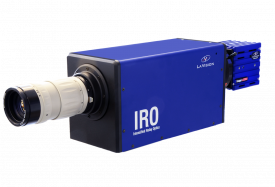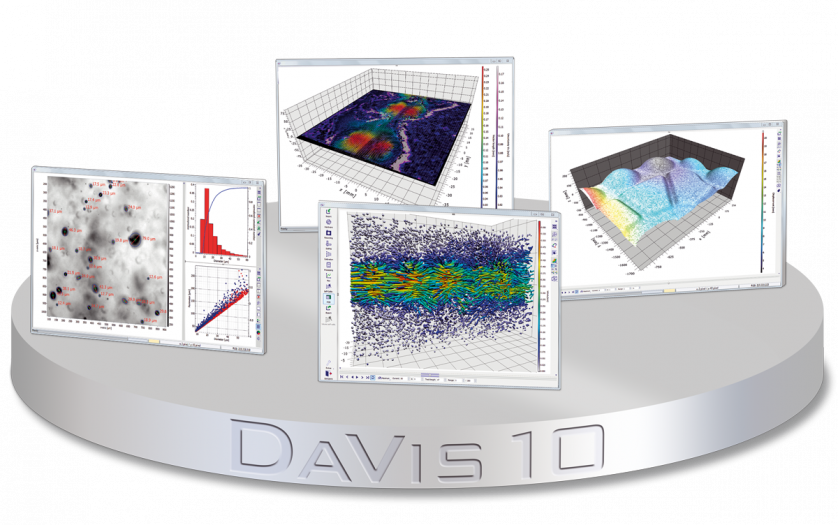湍流火焰中10kHzOH和CH2O的激光诱导荧光检测方案(气体流量计)
检测样品 煤炭
检测项目 10kHzOH和CH2O的激光诱导荧光
关联设备 共4种

 金牌会员
752 篇解决方案
金牌会员
752 篇解决方案
方案详情文
智能文字提取功能测试中
This thesis presents experimental and complimentary numerical results based on a turbulent jet in a hot coflow burner (JHC). The thesis focuses on understanding and exploring the relative importance of autoignition in the flame stabilisation process for the conditions, temperatures and fuels considered. The influence of fuel type is explored using a range of gaseous fuels including: alkanes, alkenes, H2 and dimethyl ether (DME). High-speed (10 kHz) measurements of chemiluminescence and sound are applied to all flame cases, for all fuels, the measurements are used to temporally resolve the interaction of the flame base with ignition kernels. Similar flame-base and ignition kernel interaction characteristics are found for all fuels where the formation and merging of rapidly growing ignition kernels stabilise these flames. A measurement campaign employing 10 kHz OH and CH2O Planar Laser Induced Fluorescence combined with volumetric chemiluminescence imaging is applied to the ignition kernel formation region in DME flames. The measurements identify regions of low and high-temperatures respectively, with their spatial overlap representing heat release. The kernel heat release measurements indicate that differing degrees of autoignition stabilisation occurs for DME flames, specific to high and low coflow temperature flames. High coflow temperature flames produce lower heat release ignition-kernels; hence these flames are believed to have reduced dependence on autoignition for stability. Zero-dimensional and one-dimensional numerical simulation results, obtained in this thesis, agree with the findings from the hot coflow experiments. The 0-D ignition delay times are shown to successfully capture the different fuels lift-off height sensitivities with coflow temperature. The sensitivity of relatively low coflow temperatures are particularly well represented by delay times, with a linear correlation between delay times and experimental lift-off heights. To replicate the strained and diffusive conditions induced by the JHC burner, unsteady 1-D counter-flow simulations were applied. These simulations, using DME, identify that for high coflow temperature flames, the ignition kernels produce lower heat release, since they are igniting leaner. Using CH4 with the same counter-flow setup, the effect of strain-rate was explored. It was found that increased strain rate delays ignition, since the unity balance between diffusion and production fluxes of CH2O is also delayed. Furthermore, under autoignition conditions, the counter-flow solver, in addition to a premixed solver, show CH2O convection and production fluxes increase, with a corresponding diffusive decrease.
关闭产品配置单
北京欧兰科技发展有限公司为您提供《湍流火焰中10kHzOH和CH2O的激光诱导荧光检测方案(气体流量计)》,该方案主要用于煤炭中10kHzOH和CH2O的激光诱导荧光检测,参考标准《暂无》,《湍流火焰中10kHzOH和CH2O的激光诱导荧光检测方案(气体流量计)》用到的仪器有PLIF平面激光诱导荧光火焰燃烧检测系统、LaVision IRO 图像增强器、德国LaVision PIV/PLIF粒子成像测速场仪、LaVision DaVis 智能成像软件平台。
我要纠错
推荐专场
CCD相机/影像CCD
更多相关方案















 咨询
咨询